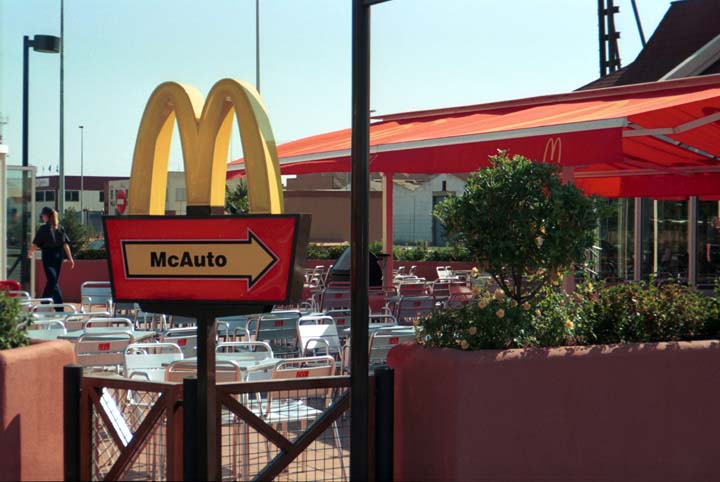We left Loulé and and headed back to Spain. On the way to Puerto de Santa Maria we stopped in Huelva, where Columbus stayed at La Rabida Monastery in 1491 and 1492 as he gathered resources for his historic voyage to America.
Nearby, at Palos de la Frontera, Columbus assembled much of his crew and collected fresh water from a well that is now a monument.
Palos de la Frontera, literally "Woods of the Border", is one of several "de la Frontera" towns in this part of Spain. The designation comes from the time of the Moorish Kingdoms, when these towns were established in a Christian Kingdom near the frontier with the Moors. The 'frontier' designation has no longer applied for over 500 years but the names live on as yet another subtle reminder of the Moorish occupation.
This is the tourist entrance to the monastery. While we waited, we talked with a monk whose job for the last 26 years was to give tours of the monastery.
On the tour, we were taken by models of Columbus's ships. The bridal couple were posing for pictures in one of the inner courtyards. The high point of the tour was standing in a meeting room with a heavy, long table where we were told Columbus negotiated with backers as he prepared for his first voyage.

After we left La Rabida Monastery, we went to the Muelle de las Carabelles, where full-sized replicas of Columbus's three ships were moored in a pool along with displays of a Spanish village of 1492 and a Native American village of 1492.
Here Lynne and Dick stand on the deck of the Santa Maria. Part of the Spanish village is visible to the right.

The wedding party from La Rabida Monastery was at Muelle de las Carabelles for photographs; here, the bride and groom climb down from the upper deck of the Santa Maria. Below is a model of a crewmember, sitting at a table.

Here are the replicas of Columbus's three ships, the Pinta, the Santa Maria, and the Nina.











